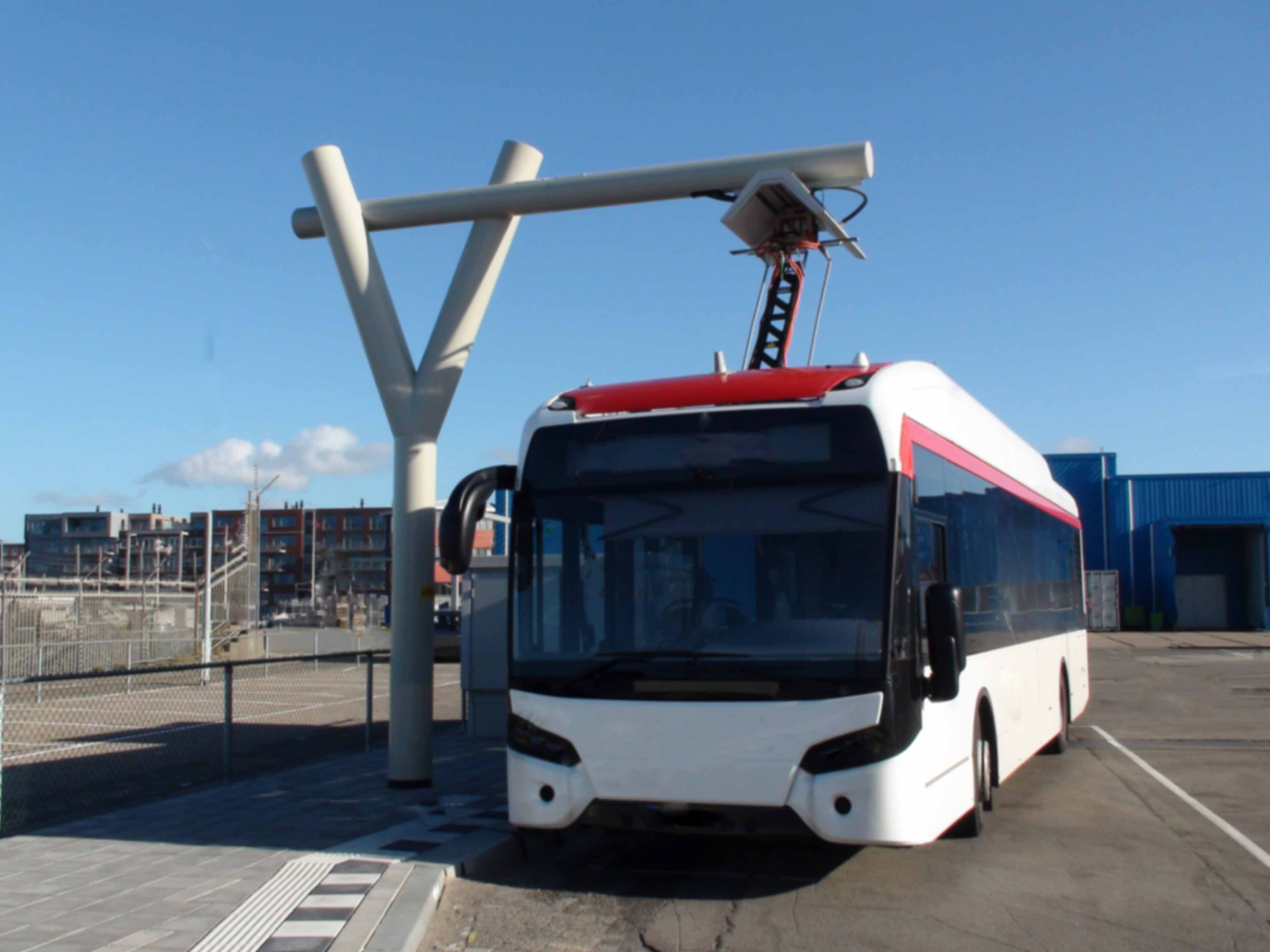Using Magnetics with Electrical Vehicle Applications

While still a small percentage of the overall number of vehicles, the rate of adopting electric vehicles (EV’s) is increasing each year in North America. As a result, the infrastructure must be developed to support both the physical charging stations and the expected electrical load.
Currently there are four levels of EV charging:
Level 1: 120V single phase, providing 2-5 miles of range per hour of charging
Level 2: 240V single phase, providing 10-11 miles of range per hour of charging
Level 3: Typically 480V three phase, providing 50-100 miles of range per hour of charging
Level 4: Typically 480V three phase, providing 150-170 miles of range per hour of charging
Level 1 & 2 chargers are primarily used for residential, public and fleet charging, with level 2 being the most common. Eight hours of level 2 charging will cover over 95% of the average person’s commuting distance. Level 3 and 4 charging are typically seen in public installations and due to the high installation costs ($40k-$85k per unit), consist typically of only 1-2 charging units. Level 3 and 4 chargers provide a quick means to top off a low battery level. Vehicles typically spend less than one hour charging.
There are a few concerns for single or double level 1 or 2 point installations. These are typically in residential installations or as small service charging areas in parking lots. Utilities are concerned about the long term effects the higher concentrations of electrical vehicles will cause as residential and commercial grids will have increased charging loads in the future. These concerns include overall power quality issues caused by DC chargers, transformer losses caused by harmonics, brownouts and being able to supply the overall increased loads.
There are increasing concerns caused by the large loads of multiple class 1 and 2 chargers in facilities such a public garages and EV fleets. A single level 3 or 4 charger can have a load of a dozen or more level 1 or 2 chargers and can cause similar concerns.
Major issues include:
- Power Quality: Numerous studies have shown that large electric vehicle charging loads can create THDi levels in excess of the IEEE 519:2014 maximum 8%, in some cases well over twice this level. This can result in issues typical of poor power quality and additional utility charges, fines or requirements to rectify.
- Current Surges: Depending on the number of EV’s, level of charger, vehicle type and individual level of battery charge, large current surges can be created from the EV chargers. These surges can cause brownouts, stress electrical components and result in higher utility demand charges. In addition, a combination of site installation issues can provide additional challenges.
- Public Installation: Most ventilated magnetics are not recommended to be installed in areas accessible to the general public.
-Aesthetics may be a consideration.
- Exterior Installation: Magnetics must be able to handle local environmental conditions.
